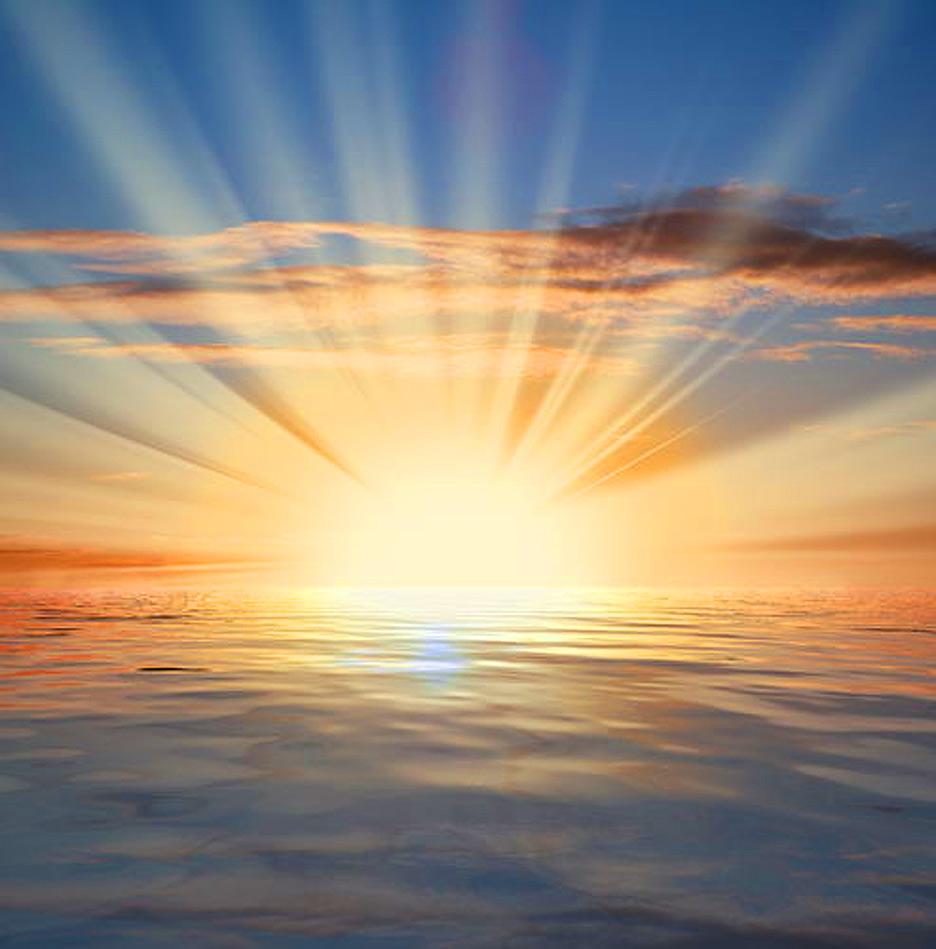Intense, acute, and recurrent ultraviolet radiation (UVR) exposure can be hazardous to men and women working or recreating in areas of high levels of solar UVR such as in a park or beach. In addition, people can also be exposed to ultraviolet radiation through sunlamps and sunbeds (tanning beds). Direct damage to the exposed skin can lead to various skin cancer such as melanoma. Skin cancers are among the most widely recognized effects of UVR exposure. Other less well-understood effects of UVR exposure have also been identified including suppressed immune responses in humans, resulting in enhanced susceptibility to infectious diseases such as influenza and herpes. In order to better understand the impacts of UVR exposure, an individual UV dosimeter capable of measuring and recording both UVA and UVB exposure over extended periods of time is an essential need.
LLNL researchers have developed an apparatus capable of measuring and recording ultraviolet radiation that uses the Schottky diode/ZnSe/metal type UV sensor. This device can detect both UV-A (320-400nm) and UV-B(280-320nm) radiation. The present invention can also measure and accumulate doses with good sensitivity, and it can also store and make available the readings to be downloaded for a period of one year. The capability of the instrument to record and storage the data is provided by the integration of the single-chip MSP430-type computer produced by Texas Instruments. The microchip contains a built-in analog-to-digital converter, which allows substantial energy efficiency and long service time of the instrument without replacement of the power supply. The technology is also packaged in a compact and convenient wearable unit.
- A personal UV radiation dosimeter
- A compact and convenient wearable unit
- Stores data over a period of one year
- Measurement of ultraviolet radiation exposure
- Personal UV dosimeter
LLNL has obtained a patent (US Patent 8,829,457) covering this technology (LLNL Internal Case # IL-12239).


